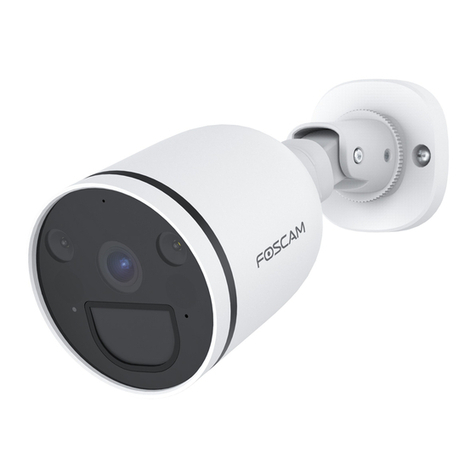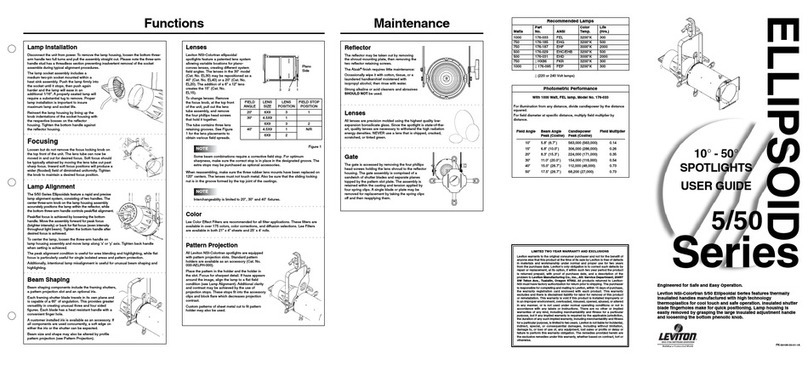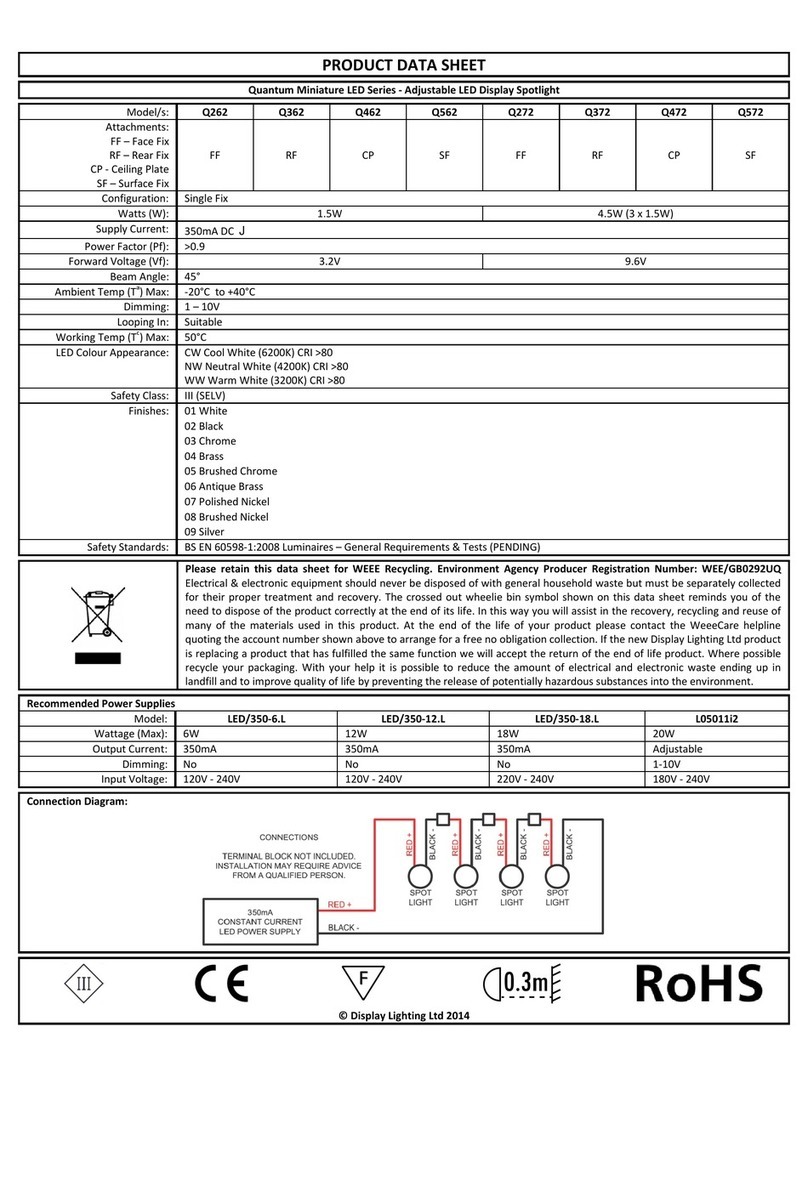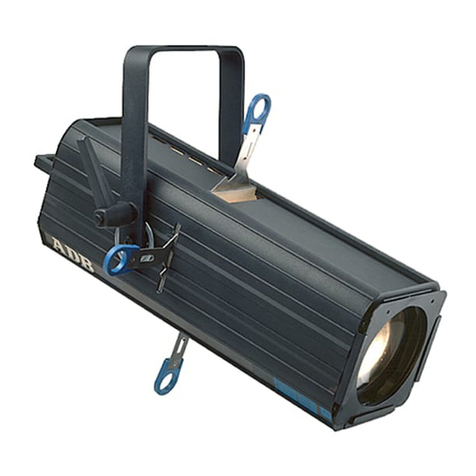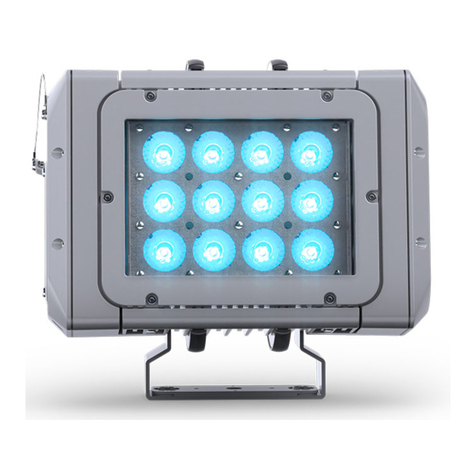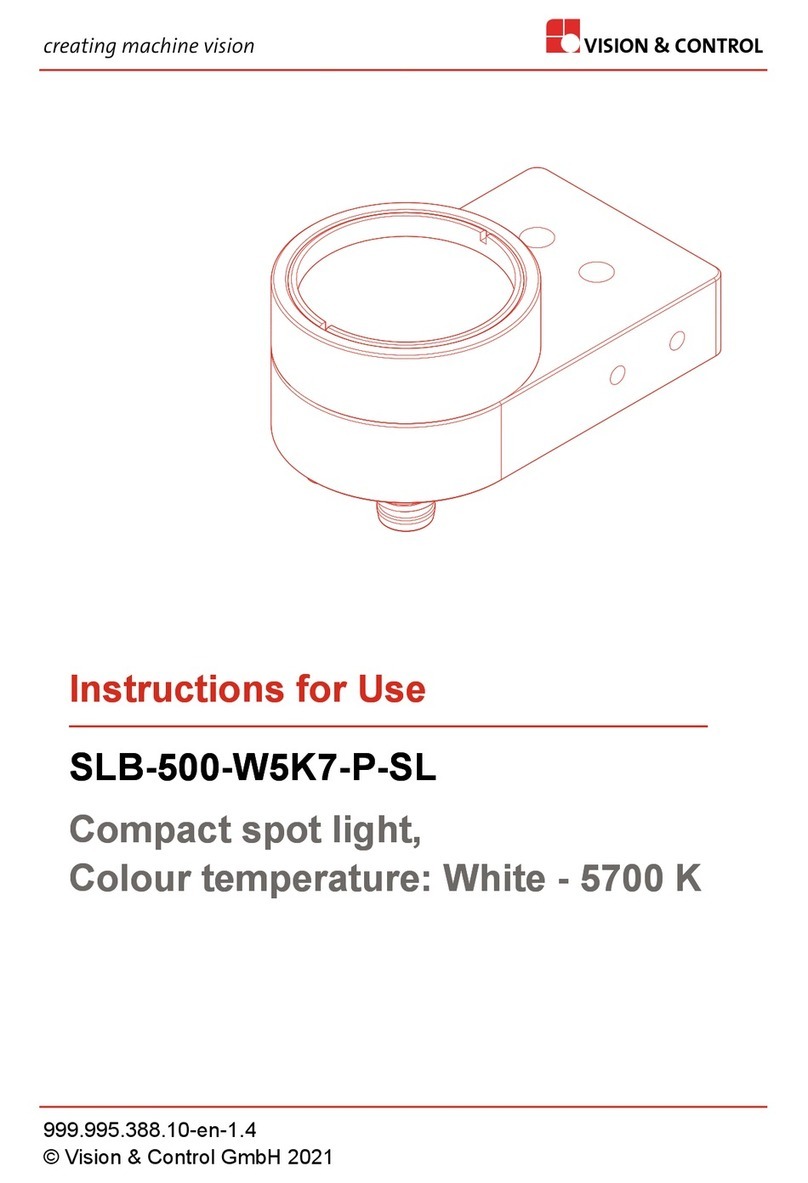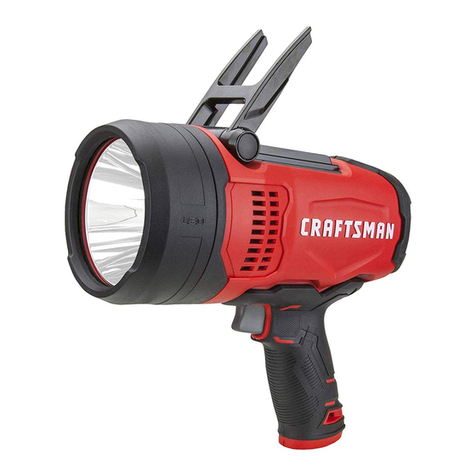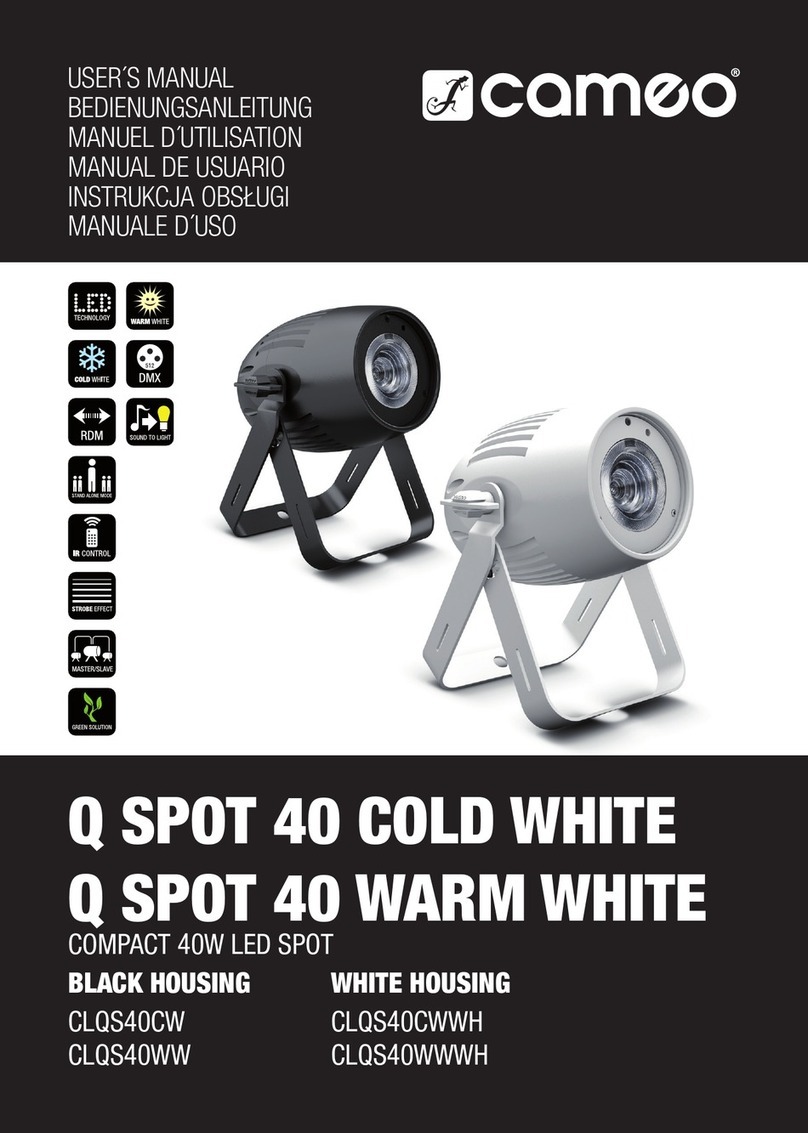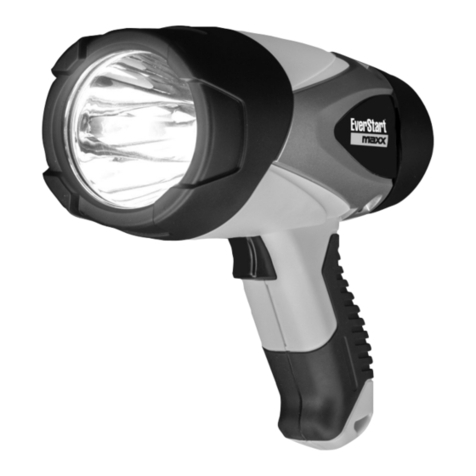5. Press the corresponding function button to in to adjust
from Manual and Multi.
For Odin-C/Odin-N/Strato II
Functions in Multi mode
1. Press the corresponding function button to in .Turn the
“Adjust/Set knob”to adjust the flash power from 1/4 to 1/128 - 6 stops.
2. Press the corresponding function button to in . Turn the
“Adjust/Set knob” to adjust the Modeling Light mode (OFF/01-09).
3. Press the corresponding function button to in
.Turn the
“Adjust/Set knob”to adjust the Chanel from 1-4.
4. Press the corresponding function button to in
.
Turn the
“Adjust/Set knob” to adjust the Group from A, B to C.
5. Press the corresponding function button to in
.
Turn the
“Adjust/Set knob”to adjust the LCD Color Screen Setting (Classic, Dynamic, El-
egant).
6. Press the corresponding function button to in
.
Turn the
“Adjust/Set knob” to adjust the flash count from 1-100 times (based on the flash
frequency and flash output).
7. Press the corresponding function button to in
.
Turn the
“Adjust/Set knob”to adjust the flash frequency from 1-100Hz.
8. Press the corresponding function button to in
.
Turn
the “Adjust/Set knob”to adjust the LCD Display Sensor Setting (Regular, Up-
side-down and Auto by sensor).
9. Press the corresponding function button to in
,
the Contin-
uous flash mode option will be highlighted on the LCD screen. Turn the “Adjust/
Set knob”to turn the Quick Continuous flash mode on/off.
10. Press the corresponding function button to in
.
Turn the
“Adjust/Set knob”to turn the sound on/off.
For Odin-C/Odin-N
Functions in TTL mode
1. Press the corresponding function button to in . Turn the
“Adjust/Set knob”to adjust the Flash Exposure Compensation Value from -3.0EV
to +3.0EV.
2. Press the corresponding function button to in . Turn the
“Adjust/Set knob”to adjust the Modeling Light mode (OFF/01-09).
3. Press the corresponding function button to in
.Turn the
“Adjust/Set knob”to adjust the Chanel from 1-4.
4. Press the corresponding function button to in
.
Turn the
“Adjust/Set knob”to adjust the Group from A, B to C.
5. Press the corresponding function button to in
.
Turn the
“Adjust/Set knob”to adjust the LCD Color Screen Setting (Classic, Dynamic, El-
egant).
6. Press the corresponding function button to in
.
Turn
the “Adjust/Set knob”to adjust the LCD Display Sensor Setting (Regular, Up-
side-down and Auto by sensor).
7. Press the corresponding function button to in
.
the con-
tinuous flash mode option will be highlighted on the LCD screen. Turn the “Ad-
just/Set knob”to turn the Quick Continuous flash mode on/off.
8. Press the corresponding function button to in
.
Turn the
“Adjust/Set knob”to turn the sound on/off.
For Odin-C/Odin-N/Strato II
Functions in Manual mode
1. Press the corresponding function button to in . Turn the
“Adjust/Set knob” to adjust the flash power from 1/1 to 1/128 in 1/3rd stop in-
crements.
2. Press the corresponding function button to in . Turn the
“Adjust/Set knob” to adjust the Modeling Light mode (OFF/01-09).
3. Press the corresponding function button to in . Turn the
“Adjust/Set knob” to adjust the Chanel from 1-4.
4. Press the corresponding function button to in . Turn the
“Adjust/Set knob”to adjust the Group from A, B to C.
5. Press the corresponding function button to in . Turn the
“Adjust/Set knob”to adjust the LCD Color Screen Setting (Classic, Dynamic, El-
egant).
6. Press the corresponding function button to in . Turn
the “Adjust/Set knob” to adjust the LCD Display Sensor Setting (Regular, Up-
side-down and Auto by sensor).
7. Press the corresponding function button to in
. the
Continuous flash mode option will be highlighted on the LCD screen. Turn the
“Adjust/Set Knob”to turn the Quick Continuous flash mode on/off.
8. Press the corresponding function button to in
. Turn the
“Adjust/Set knob”to turn the sound on/off.
For Opt-Slave/RX OFF
Functions in Manual mode
1. Press the corresponding function button to in . Turn
the “Adjust/Set knob”to adjust the flash power from 1/1 to 1/128 in 1/3rd stop
increments.
2. Press the corresponding function button to in . Turn the
“Adjust/Set knob” to adjust the Modeling Light mode (OFF/01-09).
3. Press the corresponding function button to in . Turn the
“Adjust/Set knob”to adjust the LCD Color Screen Setting (Classic, Dynamic, El-
egant).
4. Press the corresponding function button to in .Turn
the “Adjust/Set knob”to adjust the LCD Display Sensor Setting (Regular, Up-
side-down and Auto by sensor).
5. Press the corresponding function button to in
, the Contin-
uous flash mode option will be highlighted on the LCD screen. Turn the “Adjust/
Set knob”to turn the Quick Continuous flash mode on/off.
